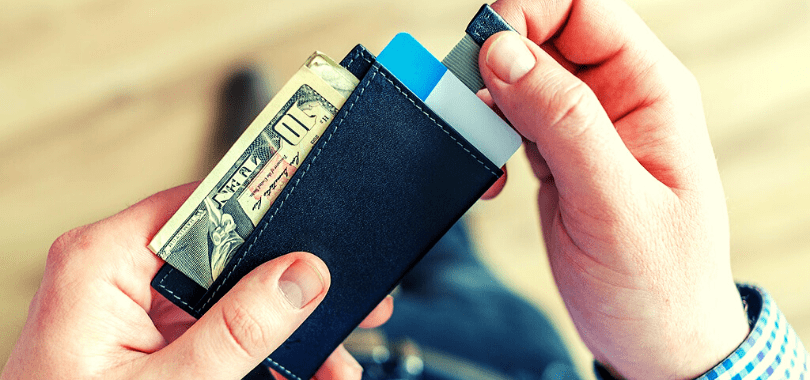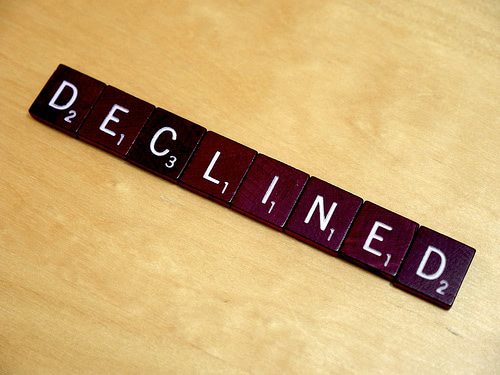Many students going to college end up taking out some kind of student loan. Even more so, many end up taking out private student loans. There are pros and cons to taking any type of private student loans, and uncertified student loans are no different. Before you apply for an uncertified student loan, it is important to explore all of your options so you can make the right choice depending on your unique circumstances. You don’t want to rush in and take out a student loan before reviewing your other financial opportunities.
But First, What Is An Uncertified Student Loan?
In this loan model, you will deal directly with the private lender. The amount you can borrow is independent of the cost of your education. In other words, you can borrow as much or as little as you want. You also have more control over how the money is exactly spent.
This is different from certified student loans where the lender finds out the cost of your education from the school and sends the funds directly to your college.
Pros and Cons of Uncertified Student Loans
Private student loans should be a student’s last resort. Taking an uncertified loan is useful for students who have reached their limits with federal loans and need additional funds to pay for non-tuition expenses such as textbooks, room and board, and transportation.
With this type of loan, you are not required to get your school’s approval on the amount you borrow. You have more freedom to decide how much to borrow and what to put the money towards. That means it’s up to you how the money you borrowed is spent.
However, uncertified student loans typically carry a higher rate of interest. You also have much more control over the money. You may be tempted to take out more than you need or spend your loan on something unrelated to your education. Ultimately, an uncertified loan usually means more debt to repay after graduating college.
So Should You Take An Uncertified Student Loan?
If you have reached your limit with all other borrowing options, then uncertified student loans offer you a way to get the additional funds you need to cover your costs. Again, private loans and uncertified loans should be your absolute last resort. The important thing is to borrow only what you need and nothing more. It is equally important to try and pay off these funds as soon as you feasibly can to reduce the total interest accrued.
So no, uncertified student loans aren’t inherently bad. However, they shouldn’t be your very first choice—especially if you’re someone who wants/needs more structure in your financial planning. They should be your last option.
Even if you’ve exhausted your other loan options, take some time to file the FAFSA if you haven’t or apply to more scholarships. Organizations offer scholarships year-round. In other words, there are scholarships available all the time and there are plenty of them that are available to you. The more money you find that you don’t have to repay, the less debt you’ll be in after graduating.







